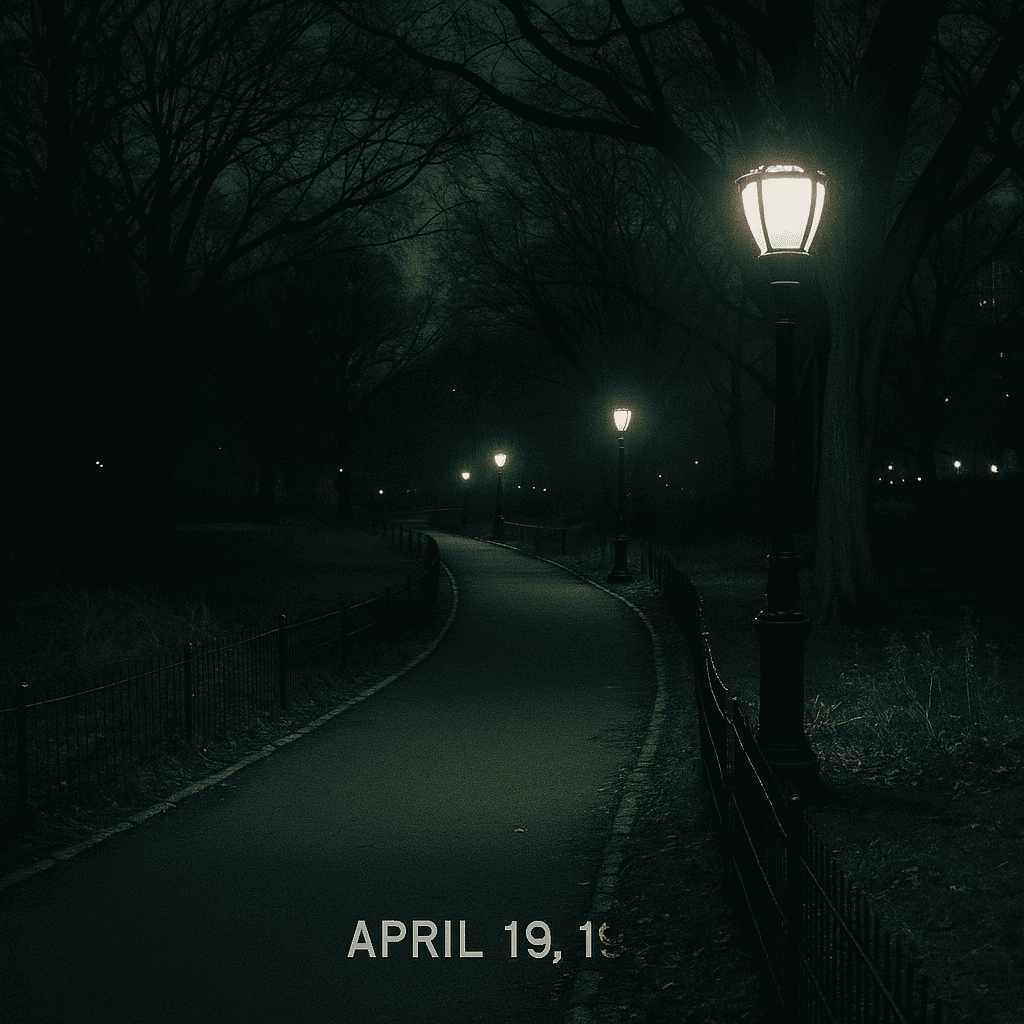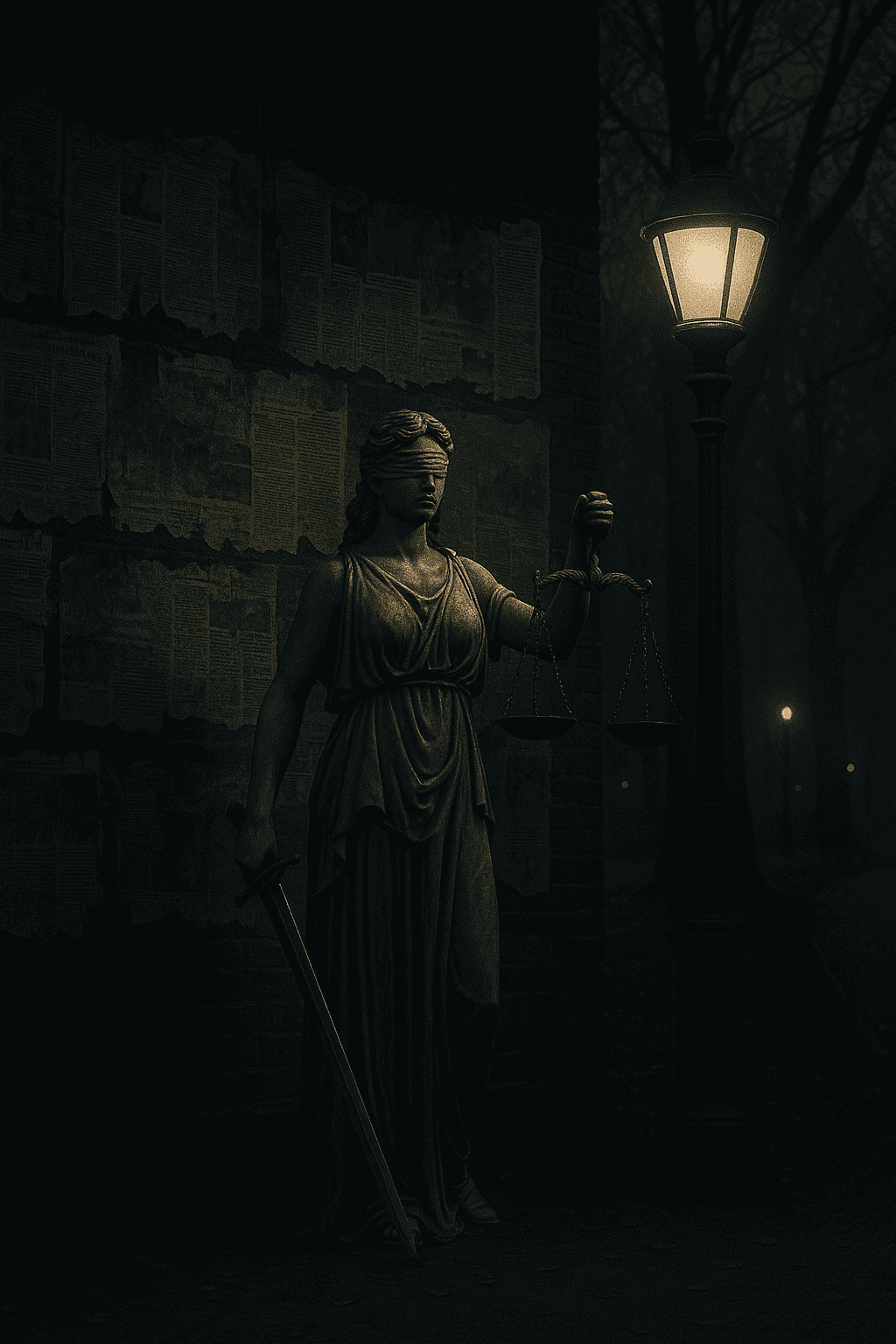On the night of April 19, 1989, a young woman was brutally attacked while jogging in Central Park, New York City. The assault, which left her in a coma for nearly two weeks, quickly became one of the most widely publicized crimes of the era. In the days that followed, five Black and Latino teenagers—Kevin Richardson, Raymond Santana, Antron McCray, Yusef Salaam, and Korey Wise—were arrested, interrogated, and ultimately convicted for a crime they did not commit. Their story, now widely known as that of the “Central Park Five,” became a searing example of the failings of the criminal justice system.

Under immense pressure to find the perpetrators of the heinous crime, police quickly zeroed in on a group of teens who had been in the park that night. After hours of intense, unrecorded interrogations—some without parents or legal counsel present—the boys gave confessions that were inconsistent with one another and lacked any forensic evidence. Nevertheless, those confessions became the cornerstone of the prosecution’s case.
The media played a significant role in shaping public opinion. Newspapers and television outlets used sensational headlines, painting the teens as dangerous and violent, and invoking racially charged language. The public outcry was swift and unforgiving. With emotions running high, the case went to trial, and by 1990, all five boys were convicted, receiving sentences ranging from 5 to 15 years.
It wasn’t until 2002—over a decade later—that the truth came to light. Matias Reyes, a convicted murderer and rapist already serving a life sentence, confessed to the crime, providing details only the true assailant could have known. DNA evidence confirmed his involvement, and none of the five teens’ DNA matched any found at the crime scene. The Central Park Five were exonerated, their convictions vacated, and their names cleared.
Their wrongful imprisonment highlighted a disturbing pattern of racial profiling, coerced confessions, and systemic failure within law enforcement and the judicial process. It also underscored the devastating consequences of a rush to judgment, particularly when fueled by media hysteria and racial bias.

The exoneration of the Central Park Five spurred renewed calls for reform in police interrogation practices, the use of minors as suspects, and broader issues of racial injustice within the legal system. The men—now known as the “Exonerated Five”—became advocates for criminal justice reform, using their platforms to raise awareness about wrongful convictions and the importance of due process.
Their story was further brought into the spotlight by the 2019 Netflix series When They See Us, directed by Ava DuVernay. The critically acclaimed dramatization introduced a new generation to the injustice they endured and reignited national conversations about race, justice, and media responsibility.

The events of April 19, 1989, and the years that followed remain a powerful reminder of how quickly justice can be compromised—and how deeply the consequences can run. The story of the Central Park Five is not just a cautionary tale about a flawed system, but also a testament to resilience and the fight for truth.
Today, the Exonerated Five continue to speak out against injustice, working to ensure that what happened to them never happens to anyone else. Their journey from wrongful conviction to exoneration serves as both a sobering history and a call to action—one that challenges society to uphold fairness, demand accountability, and recognize the human cost of systemic bias.